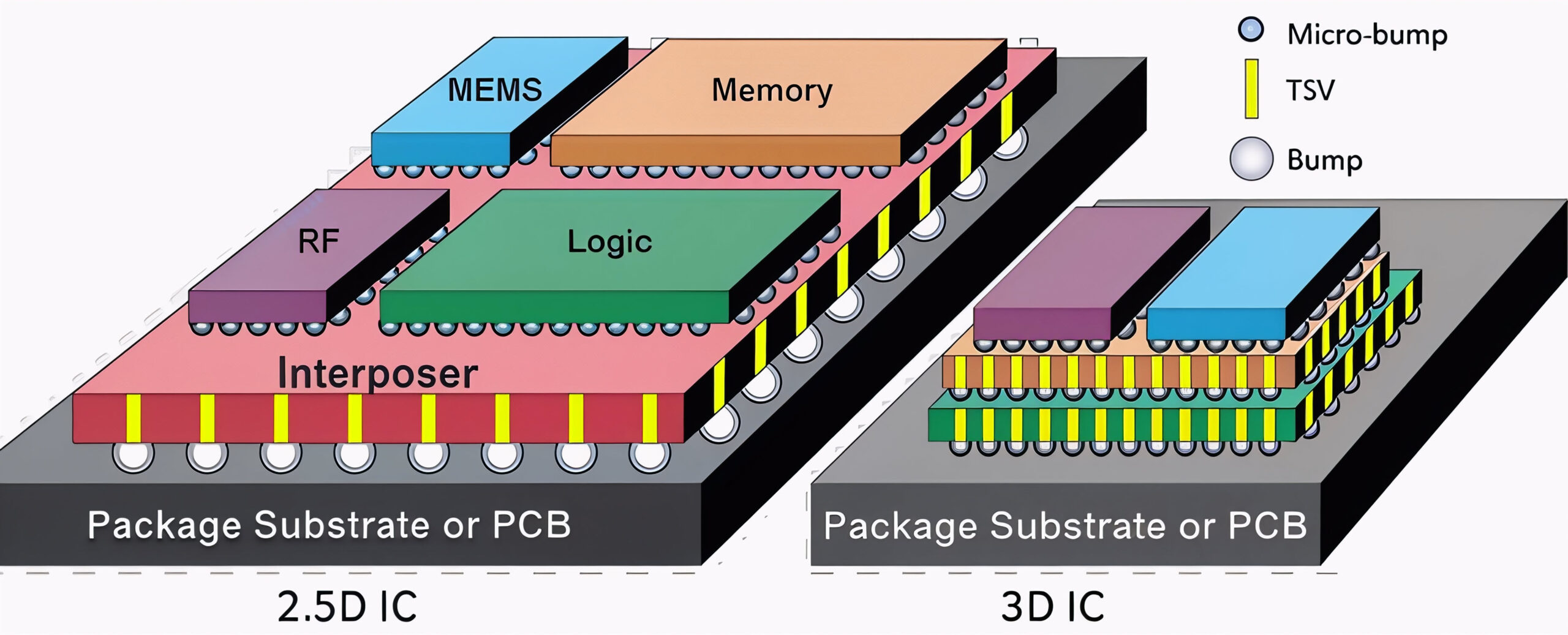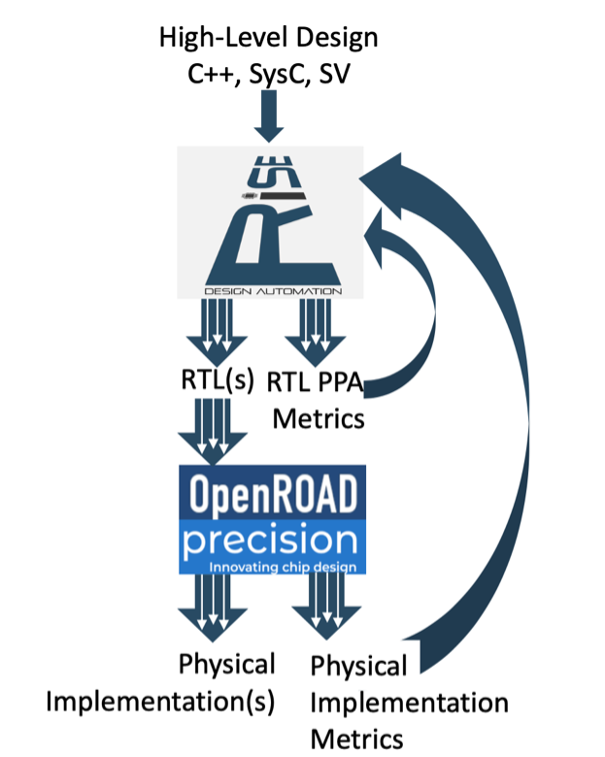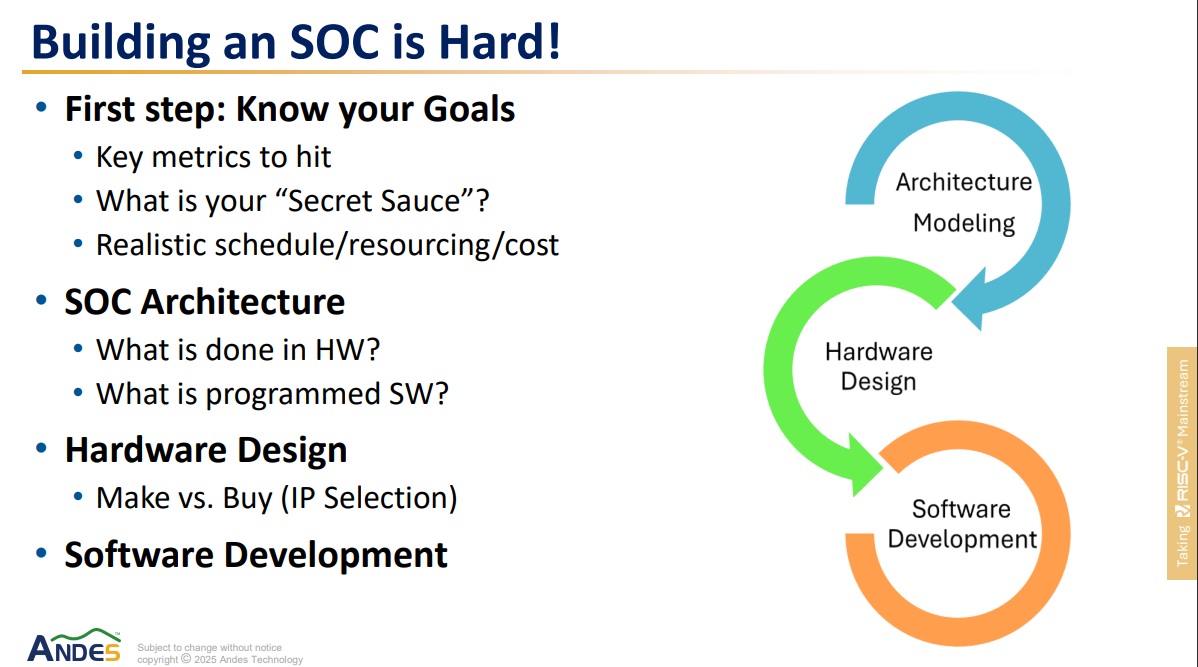There are fears that another Ice Age is about to hit Silicon Valley because of the implosion of its unicorns — start-ups valued at more than one billion dollars. By one estimate there were 229 such companies in January of this year. Their valuations are dropping precipitously because they were overpriced and overhyped. The fear … Read More
 Cost, Cycle Time, and Carbon aware TCAD Development of new TechnologiesOur good friend Scotten Jones wrote a paper…Read More
Cost, Cycle Time, and Carbon aware TCAD Development of new TechnologiesOur good friend Scotten Jones wrote a paper…Read More 3D ESD verification: Tackling new challenges in advanced IC designBy Dina Medhat Three key takeaways 3D ICs…Read More
3D ESD verification: Tackling new challenges in advanced IC designBy Dina Medhat Three key takeaways 3D ICs…Read More Reimagining Architectural Exploration in the Age of AIThis is not about architecting a full SoC…Read More
Reimagining Architectural Exploration in the Age of AIThis is not about architecting a full SoC…Read MoreFacebook and the Internet of Things
Something very important happened recently at the annual developer conference (F8). Facebook firmly staked its claim on IOT. Facebook events (like the Google annual developer events) are always interesting, as they give a tantalizing view of what is coming next. Yes, it lacks the panache the Apple events have. However, just … Read More
How to prevent Electrical Overstress failure in NFC interfaces
Last year, about 40% of new smartphones included Near Field Communication (NFC). Analysts predict that by 2017 there will be 1 billion NFC enabled phones. Clearly, the use of NFC is ramping up because it can simplify aspects as diverse as communication, secure payments, user authentication, and retail loyalty programs for instance.… Read More
Semiconductor market going negative?
Several recent forecasts for the 2016 semiconductor market point to a decline. The title of this post is the same as we used for in October 2015. In October, Semiconductor Intelligence projected the market would grow 1.0% in 2015 despite several predictions of the market going negative. 2015 finished with a slight 0.2% decline.… Read More
Is Tesla’s Tough Love Two Way?
Tesla applied some tough love last month. The company let two drivers know that the crashes they suffered were their own fault.… Read More
NVIDIA GeForce GTX 1080 Poised To Claim The Gaming And VR Performance Crown
NVIDIA has been teasing the promise of Pascal for years, but this year Pascal’s performance became much more real. With the announcement of the Tesla P100 based on Pascal, NVIDIA was able to show the neural-network world what Pascal was really capable of. However, that chip is very different from the gaming-focused Pascal chip … Read More
Highlights of the 22nm FD-SOI San Jose Presentations
This is part 2 (of 2) of my coverage of the recent FD-SOI Symposium in San Jose (April 2016), this time looking at the 22nm presentations by GlobalFoundries, ARM (finally!!), VLSI Research Inc and Sigma Designs. (Part 1 looked at the 28nm presentations.) Most are now available on the SOI Consortium website – click here to see the full… Read More
IMEC Technology Forum (ITF) – Secrets of Semiconductor Scaling
IMEC is a technology research center located in Belgium that is one of the premier semiconductor research centers in the world today. The IMEC Technology Forum (ITF) is a two-day event attended by approximately 1,000 people to showcase the work done by IMEC and their partners.… Read More
Is GaN Disruptive? Revisiting the Criteria
In March 2010 Efficient Power Conversion (EPC) proudly launched our GaN technology at the CIPS conference in Nuremberg, Germany. Parts and development kits were readily available off-the shelf and therefore designers could immediately get started with a new state-of-the-art semiconductor technology.
… Read More
The Guiding Light & Other Photonic Soaps
I’m a child of the sixties and seventies and on the occasion when I was sick and couldn’t go to school I got to experience the world of daytime TV soap-operas. Back then we only got 3 channels and it wasn’t until the late 60’s that we got color TV! I remember titles like “The Guiding Light”, “Secret Storm”, and “As The World Turns”. Forty… Read More




Quantum Computing Technologies and Challenges